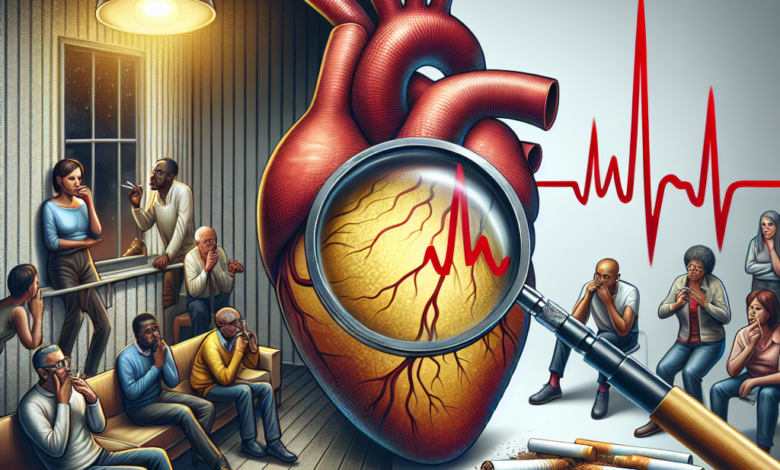Dangerous Link Between Passive Smoking and Heart Arrhythmia: A Closer Look Into the Evidence

Dangerous Link Between Passive Smoking and Heart Arrhythmia: A Closer Look Into the Evidence
Research has revealed an alarming connection between passive smoking and the risk of developing serious heart rhythm disorders, specifically atrial fibrillation. This discovery was presented at a congress of the European Society of Cardiology (ESC). The study underscores that even minimal exposure to secondhand smoke significantly escalates the risk of atrial fibrillation, the most common heart rhythm disorder globally, causing symptoms such as palpitations, shortness of breath, and fatigue.
The study, led by Dr. Kyung-yeon Lee of Seoul National University Hospital, involved a comprehensive analysis of 400,493 adults aged between 40 to 69 years. Participants were divided into two groups based on their exposure to secondhand smoke in a typical week. Over a 12.5-year follow-up period, 6% of the participants developed atrial fibrillation. Alarmingly, the group exposed to secondhand smoke had a 6% higher risk of developing the disorder compared to those not exposed.
The study further highlighted a dose-dependent relationship between the duration of weekly passive smoking and the risk of atrial fibrillation. In fact, individuals exposed to secondhand smoke for as much as 7.8 hours per week had an 11% higher risk. This risk persists regardless of whether the exposure occurs at home, outdoors, or at work. Hence, the study establishes that the dangers of secondhand smoke are not confined to enclosed spaces but span across various environments.
These findings call for immediate public health interventions to reduce exposure to secondhand smoke. Dr. Lee emphasizes the critical importance of avoiding smoky environments and urges policymakers to implement stricter smoking bans, even in outdoor environments, and support cessation programs. As passive smoking is now linked to an increased risk of atrial fibrillation, there is a pressing need for sustained efforts in cardiology to safeguard public health against the perils of secondhand smoke.





